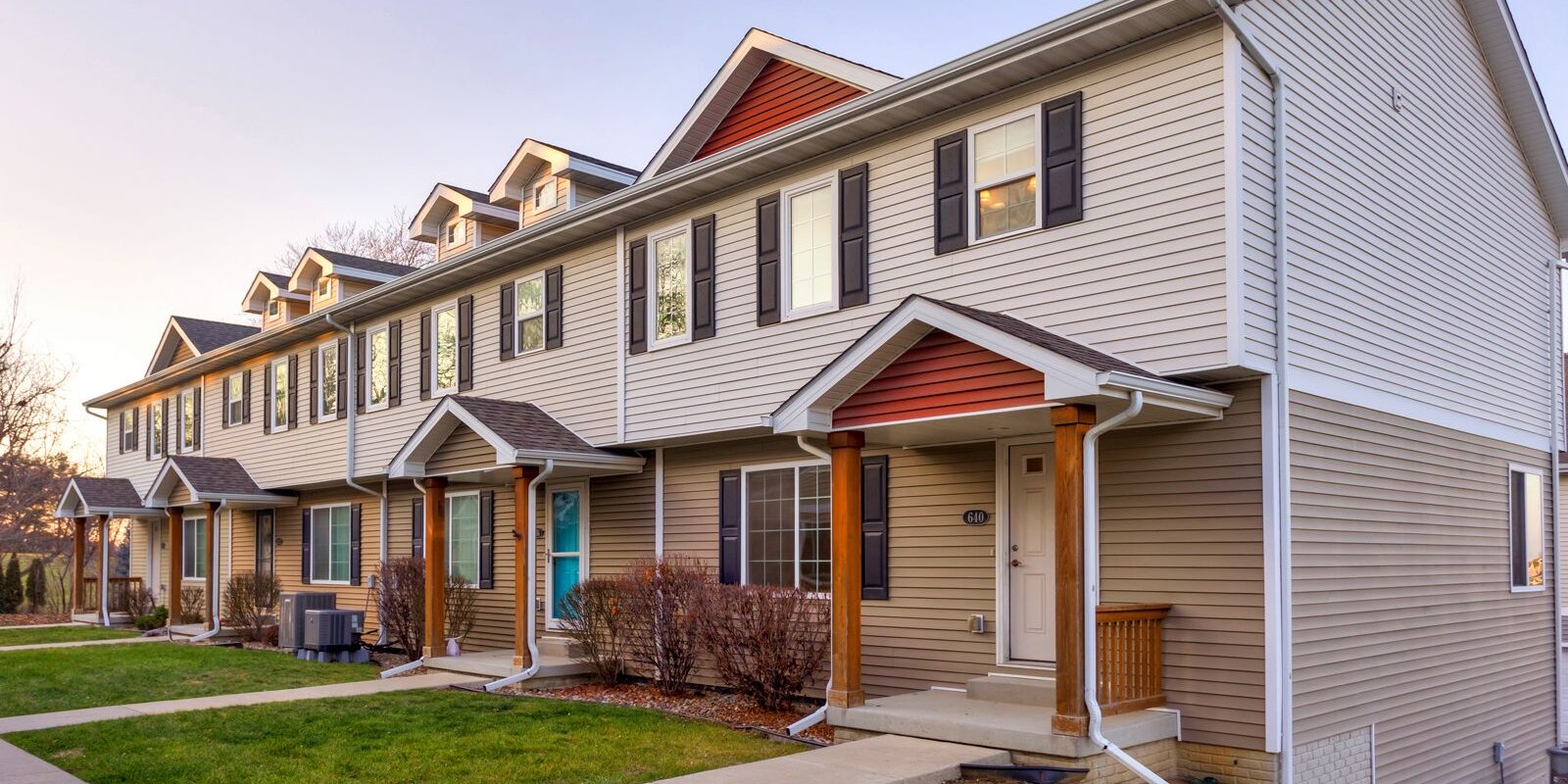Investing in fix-and-flip projects has become a popular strategy in the dynamic world of real estate investment. It involves purchasing distressed or undervalued properties, renovating them to enhance their value, and selling them for a profit. While this strategy can be lucrative, it also requires careful planning, market knowledge, and strategic execution. In this blog post, we’ll delve into the essentials of fix-and-flip projects to help you navigate this exciting investment opportunity effectively.
Understanding Fix-and-Flip Projects
Fix-and-flip projects appeal to investors looking for short-term gains through property renovations. Key elements of this strategy include:
- Property Identification: Identifying properties with potential for value appreciation after renovations. These properties are often distressed, outdated, or in need of significant repairs.
- Renovation Expertise: Having knowledge of renovation costs, timelines, and the ability to manage contractors and construction projects effectively.
- Market Analysis: Conducting thorough market analysis to understand property values, neighborhood trends, and buyer preferences.
Steps to Successful Fix-and-Flip Projects
- Research and Acquisition
- Identify Potential Properties: Look for distressed properties through foreclosure listings, auctions, MLS databases, or direct marketing efforts.
- Evaluate Investment Potential: Assess the property’s purchase price, renovation costs, and estimated after-repair value (ARV). Calculate potential profit margins to determine feasibility.
- Due Diligence: Conduct inspections, review property history, and verify legal issues or liens that could affect the transaction.
- Financial Planning
- Secure Financing: Consider financing options such as hard money loans, private investors, or cash reserves. Calculate borrowing costs and ensure adequate funds for renovations and holding costs.
- Budgeting: Develop a detailed budget for renovations, including materials, labor, permits, and contingency funds. Stick to the budget to maximize profitability.
- Renovation and Project Management
- Create a Renovation Plan: Prioritize repairs and upgrades that add value, such as kitchen remodels, bathroom updates, flooring replacements, and curb appeal enhancements.
- Hire Reliable Contractors: Select experienced contractors and tradespeople through referrals or reputable platforms. Obtain multiple quotes and establish clear expectations in contracts.
- Monitor Progress: Regularly inspect the work to ensure quality and adherence to timelines. Address issues promptly to prevent delays and cost overruns.
- Market and Sell Strategically
- Price Competitively: Determine the optimal sale price based on comparable sales (comps) in the neighborhood and current market conditions.
- Staging and Presentation: Stage the property to showcase its potential and appeal to prospective buyers. Professional photography and virtual tours can enhance marketing efforts.
- Marketing Strategy: Utilize multiple channels, including real estate listings, social media platforms, and open houses, to attract potential buyers and maximize exposure.
- Closing the Sale
- Negotiation and Offers: Evaluate offers based on terms, contingencies, and buyer qualifications. Negotiate terms that align with your financial goals.
- Closing Process: Work with a title company or attorney to facilitate the closing process, including paperwork, title transfer, and disbursement of funds.
Challenges and Considerations
- Market Volatility: Fluctuations in market conditions can impact property values and sale timelines. Monitor market trends and adjust strategies accordingly.
- Cost Overruns: Unexpected repairs or delays can affect profitability. Maintain a buffer in your budget and contingency plans to mitigate risks.
- Regulatory Compliance: Ensure compliance with local building codes, zoning regulations, and permit requirements to avoid legal complications.
Conclusion
Fix-and-flip projects offer investors an opportunity to profit from revitalizing properties through strategic renovations and savvy market insights. By following these essential steps, conducting thorough due diligence, and leveraging renovation expertise, you can navigate fix-and-flip projects with confidence and maximize your potential for success in the competitive real estate market. Remember, each project is unique, and continuous learning and adaptation are key to mastering the art of fix-and-flip investments.

